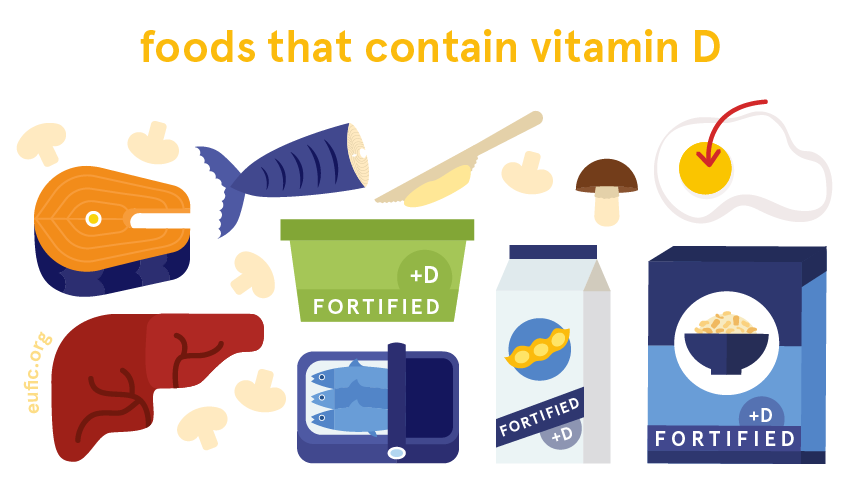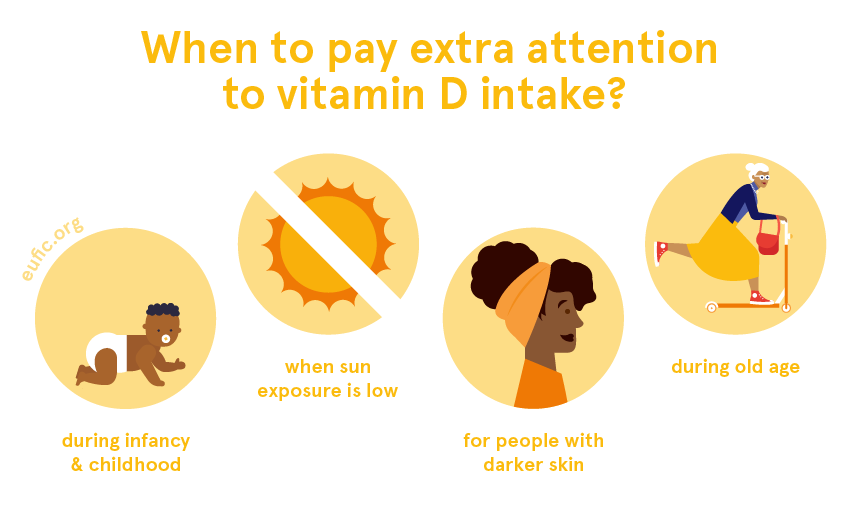Vitamin D, often referred to as the “sunshine vitamin,” plays a crucial role in maintaining overall health and well-being. It is a fat-soluble vitamin that functions as a hormone precursor, influencing various physiological processes in the body. Vitamin D is primarily synthesized in the skin upon exposure to ultraviolet B (UVB) radiation from sunlight. However, it can also be obtained from dietary sources and supplements.
Sources of Vitamin D:
Sunlight exposure is the primary source of Vitamin D, as the skin produces Vitamin D3 when exposed to UVB rays. Dietary sources include fatty fish (e.g., salmon, mackerel), fortified foods (e.g., milk, orange juice, cereal), and dietary supplements (e.g., Vitamin D2, Vitamin D3). While some foods naturally contain Vitamin D, fortification is common in regions with limited sunlight exposure.

Recommended Daily Intake:
The recommended daily intake of Vitamin D varies depending on age, gender, and life stage. Guidelines from health organizations typically recommend between 400 to 800 international units (IU) per day for most adults. However, individual requirements may vary based on factors such as geographic location, skin pigmentation, and sun exposure habits.
Health Benefits of Vitamin D:
Adequate Vitamin D levels are essential for maintaining optimal bone health by promoting calcium absorption and bone mineralization. Additionally, Vitamin D plays a vital role in modulating the immune system, reducing the risk of infections and autoimmune diseases. Emerging research suggests that Vitamin D may also have protective effects against chronic diseases such as cardiovascular disease, cancer, diabetes, and mental health disorders.
Vitamin D Deficiency:
Vitamin D deficiency is a global health concern, affecting individuals of all ages and backgrounds. Common causes include inadequate sunlight exposure, poor dietary intake, and certain medical conditions that impair Vitamin D absorption or metabolism. Symptoms of Vitamin D deficiency may include bone pain, muscle weakness, fatigue, and increased susceptibility to infections.

Risk Factors for Vitamin D Deficiency:
Several factors increase the risk of Vitamin D deficiency, including age, dark skin pigmentation, obesity, malabsorptive disorders, and limited sunlight exposure due to geographic location or lifestyle choices. Individuals with certain medical conditions or medications that interfere with Vitamin D metabolism may also be at higher risk.
Testing and Diagnosis:
Vitamin D deficiency is diagnosed through blood tests measuring serum 25-hydroxyvitamin D levels. Different methods of testing, such as radioimmunoassay and liquid chromatography-mass spectrometry, may yield varying results. Interpretation of Vitamin D levels should consider reference ranges, optimal levels, and clinical guidelines.
Treatment and Prevention of Vitamin D Deficiency:
Treatment of Vitamin D deficiency typically involves supplementation with Vitamin D2 or Vitamin D3 to achieve optimal serum levels. Sunlight exposure recommendations should be balanced with the risk of skin cancer and photodamage. Dietary modifications and lifestyle changes may also help prevent Vitamin D deficiency, particularly in high-risk populations.
Special Considerations:
Certain populations have unique Vitamin D needs, such as pregnant and lactating women, infants, children, older adults, and individuals with specific medical conditions. Tailored recommendations for Vitamin D supplementation, screening, and monitoring are necessary to address individualized risk factors and health concerns.
Conclusion and Recommendations:
Maintaining optimal Vitamin D levels is crucial for overall health and well-being. Awareness, education, and proactive management of Vitamin D deficiency are essential to prevent associated complications and improve long-term health outcomes. Collaboration between healthcare professionals, policymakers, and community stakeholders is necessary to implement evidence-based interventions and public health initiatives addressing Vitamin D deficiency globally.
Also Read : Harmful effects of sunlight and UV on skin